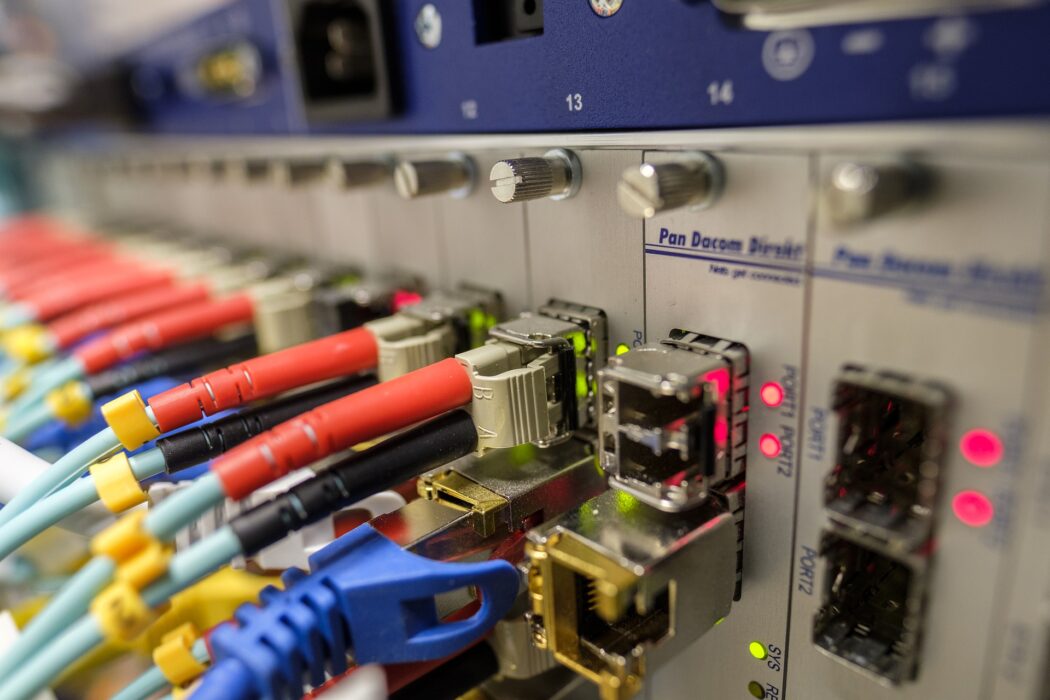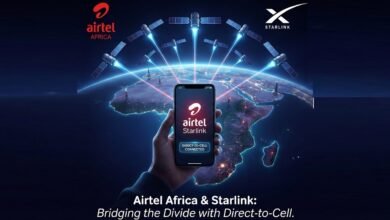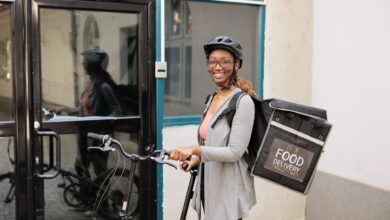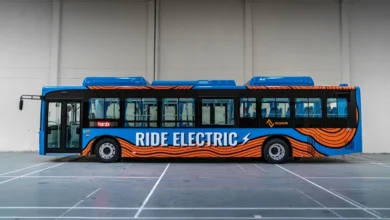
Nokia and South African ISP fibertime are expanding fibre broadband to an additional 400,000 homes in underserved townships. The build is part of fibertime’s plan to reach 2 million homes by 2028, using a pay-as-you-go model that lets customers buy daily vouchers and get uncapped, unthrottled access for 5 Rand per day.
How the network will work
Fibertime will deploy Nokia’s fixed access and IP portfolio to stand up high-capacity, semi-mobile fibre networks that support indoor and outdoor use within township areas.
The key ingredients
- Access layer: Nokia Lightspan access nodes plus Wi-Fi 6 enabled fibre access points at customer premises.
- Zero-touch turn-up: ONT Easy Start to automate modem activation and speed up installations.
- Roaming within the township: Nokia’s 7750 Wireless Access Gateway will let fibertime present a single SSID across the area so users can walk around and stay connected.
- Automation and reliability: Altiplano and Network Services Platform for end-to-end management, plus Altiplano Fiber Health Analyzer to detect anomalies before they disrupt service.
Fibertime says it is now connecting about 1,200 households per day, with some connections reaching up to 950 Mbps where the plant allows. Users load access by purchasing vouchers at local spaza shops or via banking apps, then entering the code in the fibertime app for immediate service.
Note: fibertime markets “uncapped 100 Mbps for R5 per day” on its site, while Nokia’s release cites “up to 950 Mbps” in some cases. Real-world speeds will vary by location and build.
Why this matters
Affordability meets flexibility
The daily voucher approach removes credit checks, contracts and debit orders, which are common barriers for first-time broadband users. Uncapped access at a very low daily price can unlock streaming, e-learning and remote work for communities that have long relied on expensive mobile data.
Township-aware design
Presenting a single SSID across shared public and private spaces is a clever fit for dense township layouts, where movement between homes, yards and small businesses is constant. It also reduces friction for users with basic devices that struggle with frequent network handovers.
Automated ops at scale
Township builds mean rapid sign-ups and many small installs. Using zero-touch provisioning and AI-assisted fault detection should help fibertime maintain quality while it ramps to hundreds of thousands of lines.
The East African angle
Kenya’s own fixed connectivity story is heating up. Airtel has publicly teased a renewed fibre push, while Safaricom keeps tweaking Home Fibre pricing and promos for homes and SMEs. That context makes fibertime’s township model a useful case study for pay-as-you-go unlimited broadband in lower-income, high-density areas.
Backbone investments also matter. Bayobab’s Mombasa-to-Malaba link shows how new routes can improve resilience and reduce costs, which is crucial if similar voucher-based products are to pencil out at scale in East Africa.
What to watch next
- Execution at pace: Maintaining that 1,200-installs-per-day cadence while keeping service quality high.
- True-world speeds: How often users see 100 Mbps versus higher bursts, and whether contention rises as take-up grows.
- Power and backhaul: Township networks still depend on reliable power and upstream capacity. Models that blend fibre with renewable-powered sites could help, as seen in Kenyan rollouts of solar-powered base stations.
If fibertime sustains performance and pricing, R5-a-day uncapped service could reset expectations around township connectivity and inspire copycats across the region.







